Last Updated on
I run trail cameras almost all year round. I love watching deer grow antlers and waiting for them to shed. I like watching spring turkeys do their thing, and then figuring out how to best hunt them. Most people think that trail cameras are only good for fall deer hunting, but that’s not true. They can also tell us a lot about spring turkey behavior.
Placement
Consider when using a trail camera for spring turkey hunting, where will you put it? I have two different ideas as to where to place my cameras. The first place I’ll put a spring turkey camera is in a strut zone. A strut zone is an open area where the turkey can both see and be seen from a long distance. Turkeys rely on the sun’s rays to illuminate their iridescent feathers and attract a mate, so any area that receives a lot of sunlight could also be considered a strut zone. I use the camera to see what time the toms are coming in alone, where they come from, and which direction they’re heading to. This clues me in as to when the local hens are returning to their nest, leaving the toms alone. This information also tells me where the birds are roosting because they will generally fly down from the roost, hang out with the hens as long as they’re tolerated, and then head to the strut zone once the ladies return to the nests.
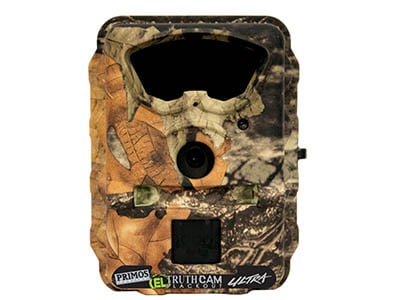
Spring trail cameras also fit well at transition areas between roosting spots, strut zones and feeding areas. Sometimes, I will even hunt these transition zones because they are often easier to get to than a strut zone or a food source. Regardless of my hunting strategy, I like to know when the birds are traveling back and forth.
Hunting Intel
When the evidence shows pictures of birds really early in the morning, the chances are good that the birds are roosting nearby. The same goes with late afternoon and evening pictures with the birds returning to their roost. If the cameras also show groups of birds with both toms and hens in them, the this also indicates that the camera is located close to the roost. If the pictures are showing lone toms, or bachelor groups of toms, that would indicate a transition area between the food and the strut zone. If I’m only getting pictures of hens, that would suggest that this area is a picture of a transition between a feeding area and the nesting spots.
As an extra bonus when using a trail camera to hunt turkeys is you can often get a very good look at each specific bird. Some people simply want to kill any legal tom, while others want a long beard, and there are a select few that are going for a double beard, a bird with super sharp spurs, or a bird that has grayish coloring in its feathers. The point is a trail camera lets you get a good look at the specifics of each animal.
Checking Cameras
Any veteran hunter knows that when running trail cameras, it’s really important to check them at the proper times. I don’t want to go out in the middle of the morning to my strut zone camera and bust it up when there are a bunch of birds hanging out around there. I also don’t want to go check a camera near roost spot right before dark, potentially scaring the birds away and forcing them the roost somewhere else. As with deer cameras, when checking turkey cameras make sure to use a truck or UTV of some sort. The animals won’t associate a truck driving person with a sneaking hunter. I also make as much noise as possible and talk out loud to myself or to whoever I’m with when checking spring turkey cameras because I do not want them to associate me – the loudmouth with me – the guy trying to kill them.
Not enough trail cameras? No worries. If you don’t have enough cameras to cover every area, an easy trick to get information on the birds is to take a rake and clean out a patch of ground. Go back every couple of days and look for fresh tracks in the area that you raked, pay attention to which direction they are heading. Also look for signs of a dragging beard or wingtips left behind by a strutting tom. Be sure to analyze any droppings that are left behind as well. A hen’s droppings look like popcorn, whereas a tom’s droppings are the shape of the letter “J.” Also learn to identify the difference between hen and tom tracks. Basically, a tom’s side toe is more perpendicular to his middle toe where as a hen’s sits at more of a forward angle.
Turkey hunting is absolutely addictive! But I also don’t have much time for it. That is why I rely heavily on scouting. As with any scouting, there’s a certain level of uncertainty which makes hunting fun. That being said, with your busy schedule this spring go ahead and utilize your deer trail cameras to help you pinpoint the tom that will look good on your wall. As always – be safe, have fun, and good luck!
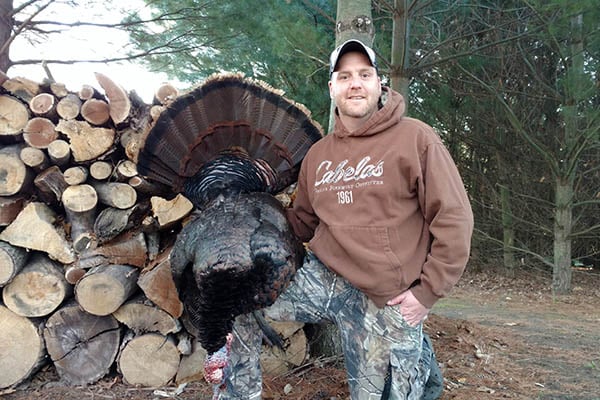
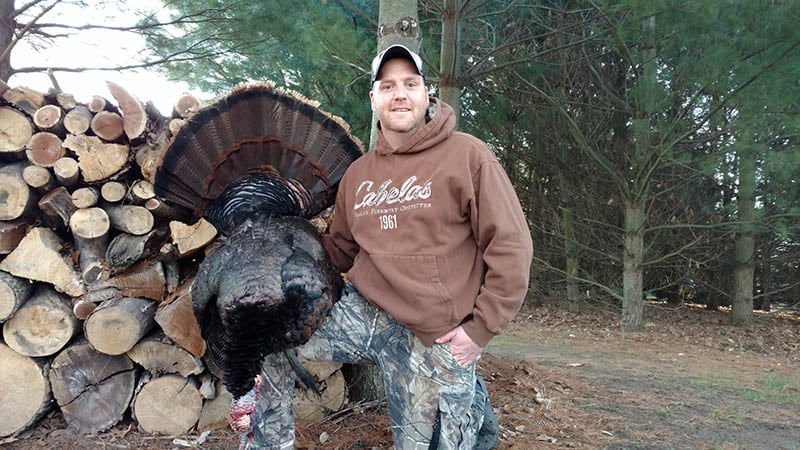
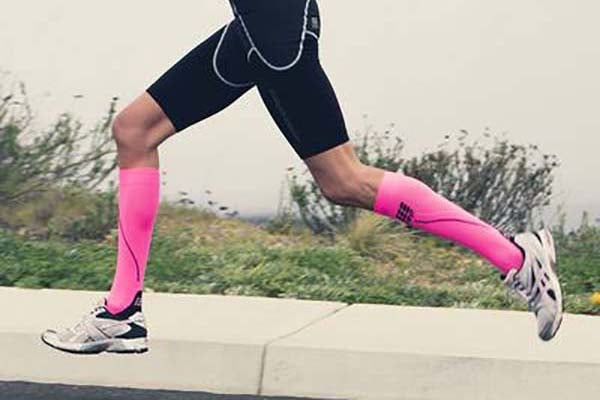
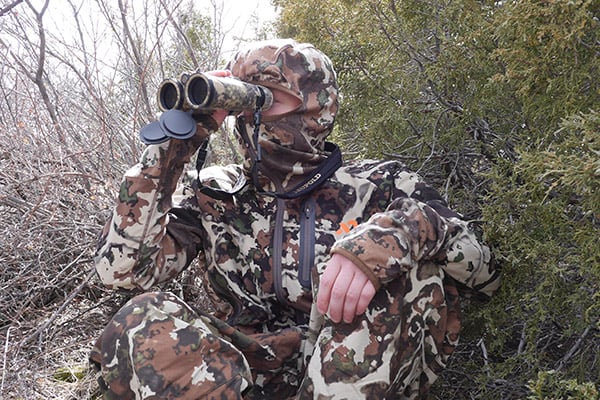









One comment
thanks for shearing wonderful information about trail camera.